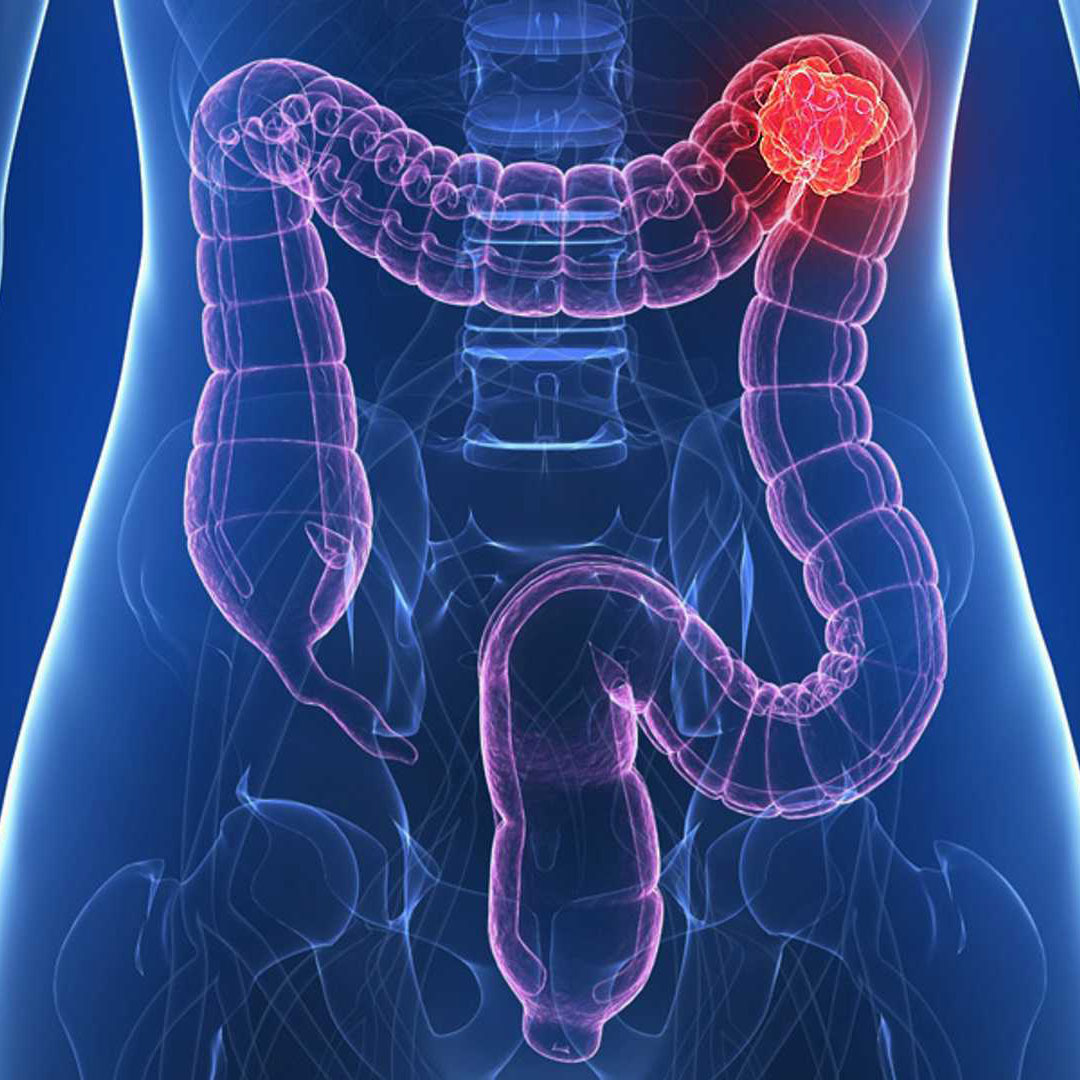Is Bleeding Normal During Pregnancy?
- Home
- Is Bleeding Normal During Pregnancy?

Women who experience bleeding at different periods of pregnancy; “Is there bleeding in 5 months of pregnancy?”, “Can there be bleeding in 1 month of pregnancy?” or “Is bleeding normal during 5 weeks of pregnancy?” It gives priority to questions such as. Let's take a closer look at the symptoms and causes of bleeding during pregnancy, along with the answers to these types of questions.
Vaginal bleeding during pregnancy can often be frightening for women. However, such bleeding does not always indicate a serious problem. This type of bleeding occurs routinely, especially in the first 12 weeks of pregnancy. In fact, a significant portion of people who experience bleeding during pregnancy can give birth to healthy babies. Despite this, women who face frequent bleeding problems at different stages of pregnancy may need to take this situation seriously.
Is There Bleeding During Pregnancy?
Bleeding during pregnancy is a common occurrence, especially in the first weeks. Bleeding during pregnancy is mostly in the form of brown spots. Although it is considered a very normal situation at the beginning of pregnancy, women worry about this situation and ask, "Is there bleeding during pregnancy?" He starts looking for an answer to his question.
The cause of bleeding during pregnancy varies depending on the stage of pregnancy. For example, the reasons for bleeding at 5 weeks and the reasons for bleeding at 4 months of pregnancy are different from each other. Bleeding is very natural in the first 6 weeks of pregnancy. Therefore, the periods in question do not indicate a special situation. Bleeding may occur in approximately 25% of pregnant women. It would not be right to present vaginal bleeding as a scary situation. Despite this, it is a correct approach to take bleeding that recurs frequently and manifests itself in later periods seriously.
In case of bleeding, you should use a pad and follow the flow, intensity and color of the bleeding. If swelling and intense pain occur after bleeding, you should consult your doctor without delay. Light pregnancy bleeding usually stops on its own. Heavy bleeding may be a signal of premature birth.
What Causes Bleeding During Pregnancy?
Bleeding during pregnancy can occur due to many reasons. As we mentioned above, bleeding should be considered quite normal in the first 4 weeks of pregnancy. Bleeding in the first weeks of pregnancy should not be perceived as a sign of serious illnesses or important problems with the baby's development. One of the primary causes of bleeding during pregnancy is a condition called ectopic pregnancy or ectopic pregnancy (the fertilized egg attaches to a different place outside the uterus).
If the fertilized egg implants and grows outside the uterus, bleeding may occur. On the other hand, implantation bleeding occurs within 2 weeks after the fertilized egg settles into the uterine lining. It is possible to show cervical infections, along with implantation bleeding and miscarriage bleeding, among the causes of bleeding. In the meantime, we should not forget the slight bleeding that occurs with contractions and back pain due to premature birth.
Symptoms of Bleeding During Pregnancy
Some women may experience bleeding at the beginning of pregnancy, thinking they are menstruating without being aware that they are pregnant. This type of situation is especially true for those who experience bleeding during the 5th week of pregnancy. The first simple test reveals that the bleeding is not menstrual bleeding.
Bleeding in the first 5-7 weeks of pregnancy is often referred to as "implantation bleeding". Despite this, you can consult your doctor to fully diagnose the cause of bleeding. Apart from the level of bleeding, symptoms such as pain and pressure are evaluated by your doctor.
If deemed necessary, vaginal examination may be performed. A healthy condition assessment is made along with beta HCG measurement in the blood. General symptoms of bleeding during pregnancy are as follows:
- You may see a brown and light liquid in the form of a stain on your underwear.
- Active bleeding can be seen to be fresh red in color.
- Some patients may experience cramps before bleeding.
- Changes in emotional states may occur.
- Nausea and vomiting problems may occur.
- Problems such as headache, constipation and indigestion may occur.
- Sensitivity may occur in breast tissues.
-
 What is Cybernix Therapy?
What is Cybernix Therapy?
-
 What is Endometriosis (Chocolate Cyst)? What are the symptoms? How to Treat?
What is Endometriosis (Chocolate Cyst)? What are the symptoms? How to Treat?
-
 Colon Cancer (Symptoms, Stages, Treatment)
Colon Cancer (Symptoms, Stages, Treatment)
-
 Influenza (Flu) in Children
Influenza (Flu) in Children
-
 Stomach Cancer Symptoms and Treatment Methods
Stomach Cancer Symptoms and Treatment Methods
-
 What is Lymph Node Swelling? What Are The Reasons?
What is Lymph Node Swelling? What Are The Reasons?
-
 When to Use Antibiotics? What are the side effects? What is Antibiotic Resistance?
When to Use Antibiotics? What are the side effects? What is Antibiotic Resistance?
-
 What is Muscle Spasm?
What is Muscle Spasm?
-
 What is MRI? How to Take an MRI with Medication? Is It Harmful?
What is MRI? How to Take an MRI with Medication? Is It Harmful?
-
 What are the Causes of Diarrhea and Vomiting? How to Treat?
What are the Causes of Diarrhea and Vomiting? How to Treat?
